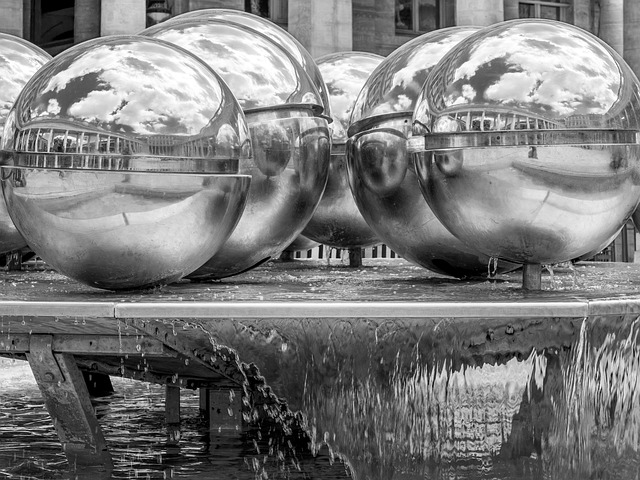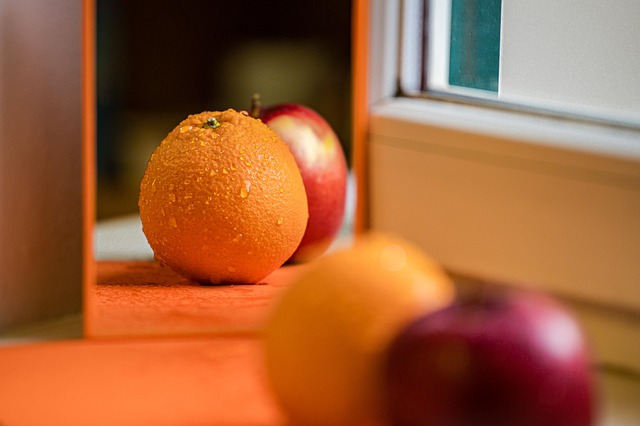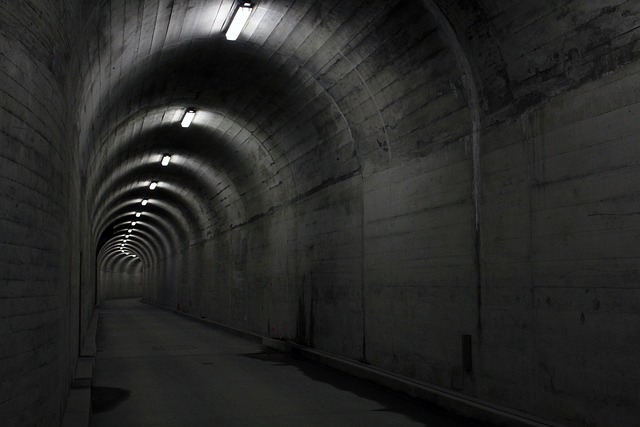Forging the Future: Exploring Metal Installation in the World of Fine Arts and Culture
In the vibrant landscape of contemporary art, metal installation stands out as a captivating medium that blends strength, versatility, and aesthetic beauty. Artists across the globe are harnessing the inherent qualities of metal to create thought-provoking installations that resonate deeply with viewers, inviting us to reconsider our relationship with materials and the narratives they convey.
Metal as a material has a rich history in the world of fine arts. From ancient sculptures to modern architectural designs, metal’s durability and reflective qualities have made it a favorite among artists and sculptors. Today, metal installation art serves not just as visual spectacle but as a powerful commentary on the intricacies of culture, industry, and human experience. With the world moving towards an industrial future, artists are utilizing metal to provoke dialogue about sustainability, technology, and the complexities of modern life.
In galleries and public spaces, metal installations often serve as monumental statements. These creations can range from massive sculptures stretching towards the sky, like the iconic “Cloud Gate” in Chicago, to intricate pieces that invite close inspection, revealing layers of meaning and craftsmanship. These installations blur the lines between art and environment, transforming urban landscapes into interactive experiences that encourage contemplation and connection.
The cultural significance of metal installation is undeniable. Across various cultures, metalwork has traditionally been associated with craftsmanship and artistry. In the contemporary scene, artists such as Richard Serra and Anish Kapoor employ metal to explore themes of space and perception, manipulating the audience’s experience of the environment around them. Their works are not merely objects; they become integral components of the space, inviting viewers to engage with them from multiple angles and perspectives.
Moreover, the integration of metal installations into cultural spaces acts as a bridge between different artistic expressions. Collaborations with architecture, design, and technology are increasingly common, resulting in interactive installations that challenge our understanding of what art can be. Such works often reflect societal themes, making them relevant and accessible to diverse audiences.
As we explore the evolving landscape of fine arts and culture, it is evident that metal installation art is forging a new path forward. It encourages us to reflect on our collective experiences, confront pressing societal issues, and appreciate the intricate beauty of the world around us. The resonance of metal in art not only shapes how we perceive space but also deepens our understanding of culture, identity, and humanity itself.
In this age of rapid change, metal installations reflect a bright and hopeful future for the arts, one where tradition and innovation coexist, allowing both artists and audiences to engage in a shared dialogue about the possibilities that lie ahead.




